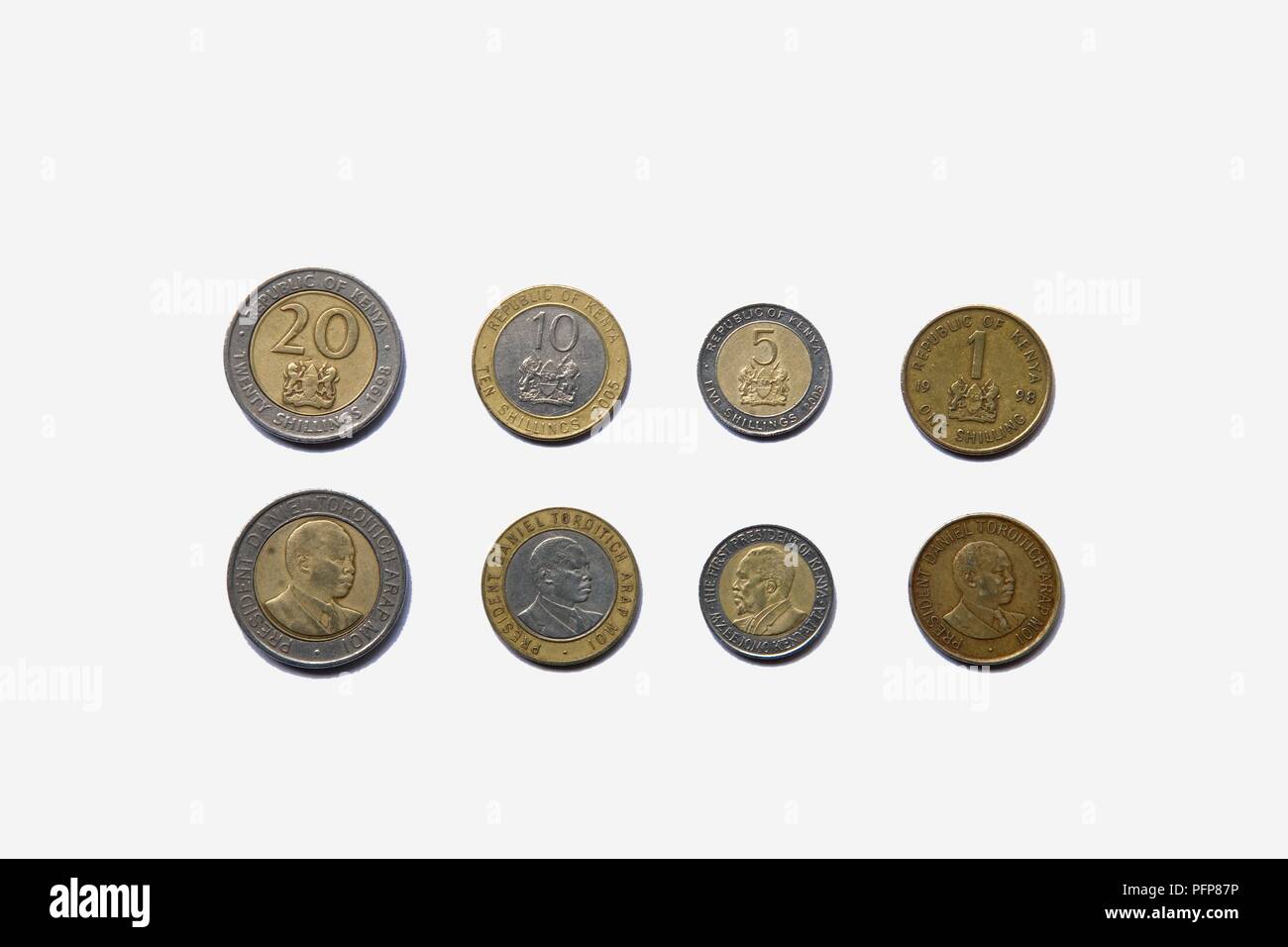

The reverse is normally the 'tails' side, or the side struck from the die held by a mint worker.Ī numismatic abbreviation for copper or bronze, from the Latin word aes.Ī divine shield, whose survival ensured continuing Roman power.Ī round or conical hat with a wooden pointed piece of wood on top, worn by Roman priests (pontifex maximus and flamines).Ī Roman bronze coin denomination (plural asses).Īn instrument used to sprinkle holy water, associated with Roman priests. The obverse of a coin is usually the 'heads' side, though technically it is the side of a coin struck from the die placed in the anvil during coin production. The field of a coin is the blank space surrounding the image. The exergue is a space on the coin below the central design, usually delineated by a line. At the end of March 2010, the Iron Age and Roman coins of Wales project's data (collated by Peter Guest and Nick Wells) was integrated with the Scheme's database, significantly increasing the number of coins available for study.There is a specific terminology used by numismatists when describing a coin. In the near future, many more images and general articles will be added to this site.
#ROMAN COINS FRONT AND BACK PORTABLE#
It has all be brought together by Daniel Pett ( ICT Supremo for the Portable Antiquities Scheme). This guide has been the work of several people: Ian Leins (previous National Finds Adviser for Iron Age and Roman coins), Sam Moorhead (present National Finds Adviser) and Natalia Bauer (Classical Archaeology student). Republican coins are being found in significant (around 660 recorded so far) and they are telling us a great deal about early Roman military activity in Britain. We provide a simple guide, with illustrations, of the key characters who appear on coins.įinally, we provide a list of Republican Moneyers to which we will soon add illustrations. Many Roman coins have Personifications on the reverse. Obviously, to carry out effective analysis by Reece period, we need to record ALL the coins from a site. You can find out which rulers fall into different periods and search the database accordingly.

He divided the Roman period in 21 periods (Sam Moorhead has added two more) for the purpose of comparing different sites. In due course, images of all these reverse types will be added.įor initial analysis of coins we use Reece periods, named after the pre-eminent Romano-British numismatist, Richard Reece. To make recording easier, we have provided all of the Fourth Century Reverses used. The largest number of coins found is 4th century AD nummi. Details of these mints are available in a designated section. Most of the earlier Roman coins were struck at Rome, but from the 3rd century onwards a large number of mints were operational. You can also search by denomination, again searching the database for different examples, whether they be denarii, sestertii or asses. If you wish to look at groups of rulers, you can search on Dynasties. You will also be able to view the latest coins of that ruler recorded on the database. It provides a visual aid for the identification of coins commonly found in Britain, covering the following elements:Įmperors: you can search on any Roman ruler, emperor or empress, finding out more about them, the denomination of coin struck for them and the mints in operation in their reign.

This guide has developed over several years and will be updated further in the near future. Therefore, all Roman coins from a particular site, field, parish.must be studied and recorded. It is important to emphasise that each Roman coin shares equal archaeological value, irrespective of its metal or condition.

In recent years there has been a major push to record all coins found, not just those in good condition. With over 140,000 coins on the database, Roman coins make up the largest single artefact type recorded with the Portable Antiquities Scheme.


 0 kommentar(er)
0 kommentar(er)
